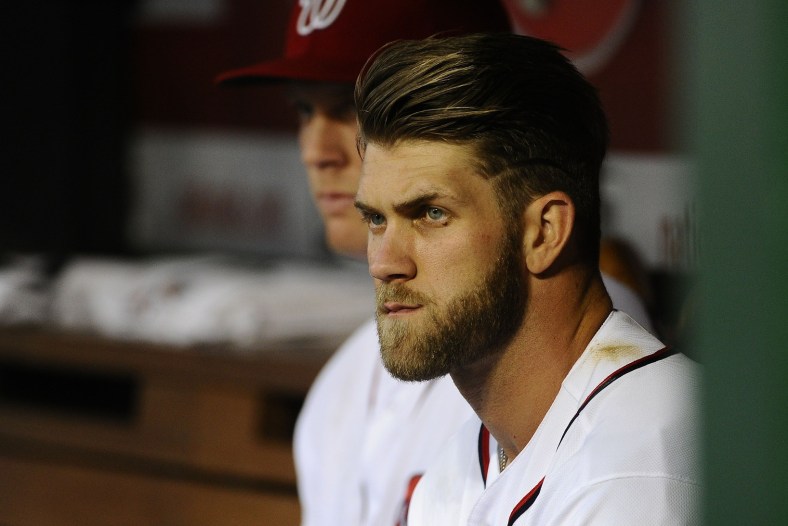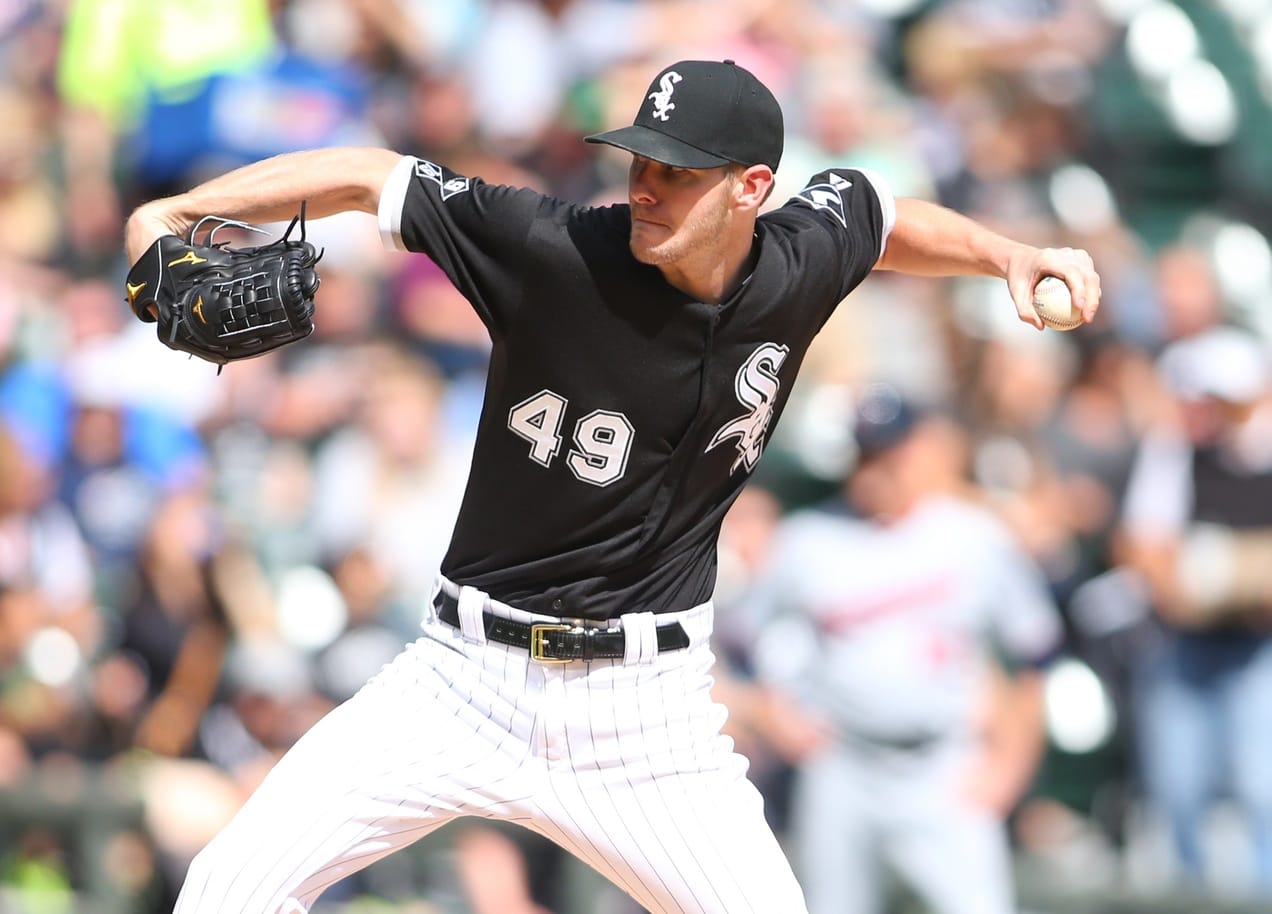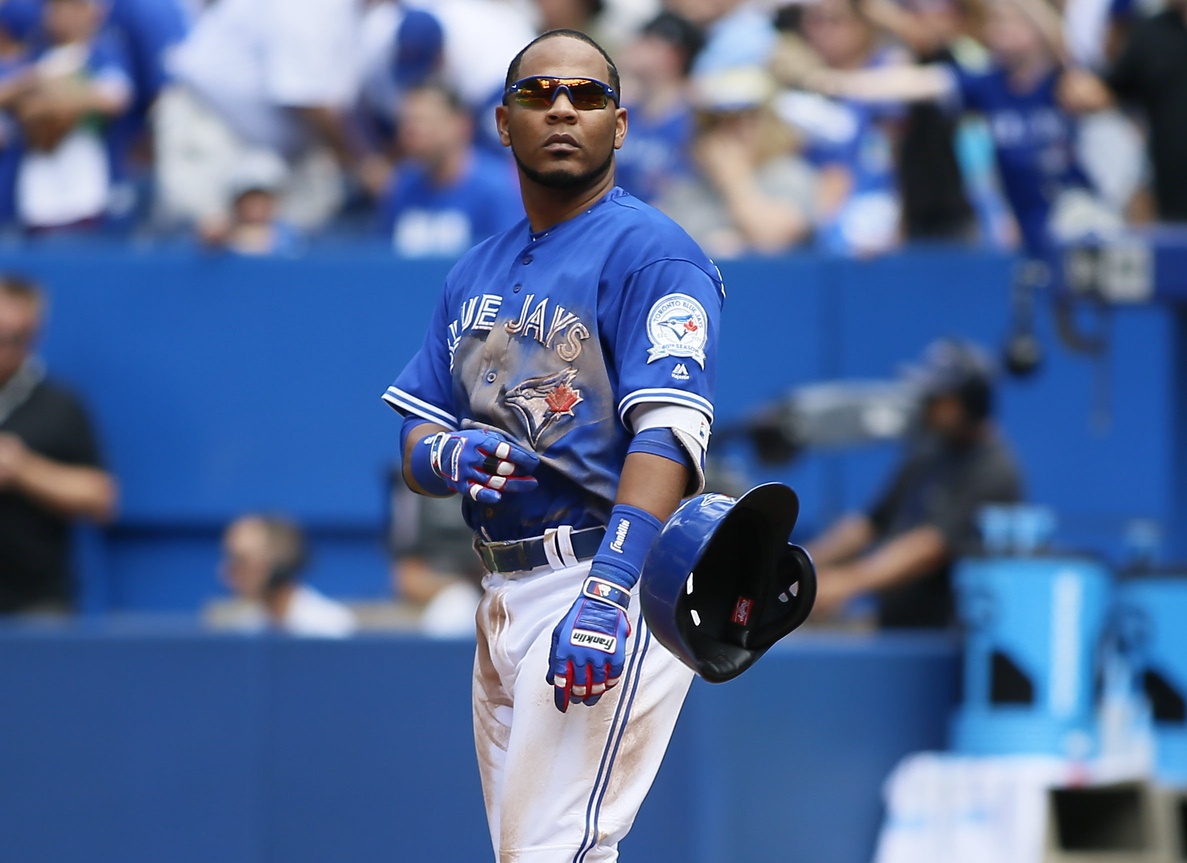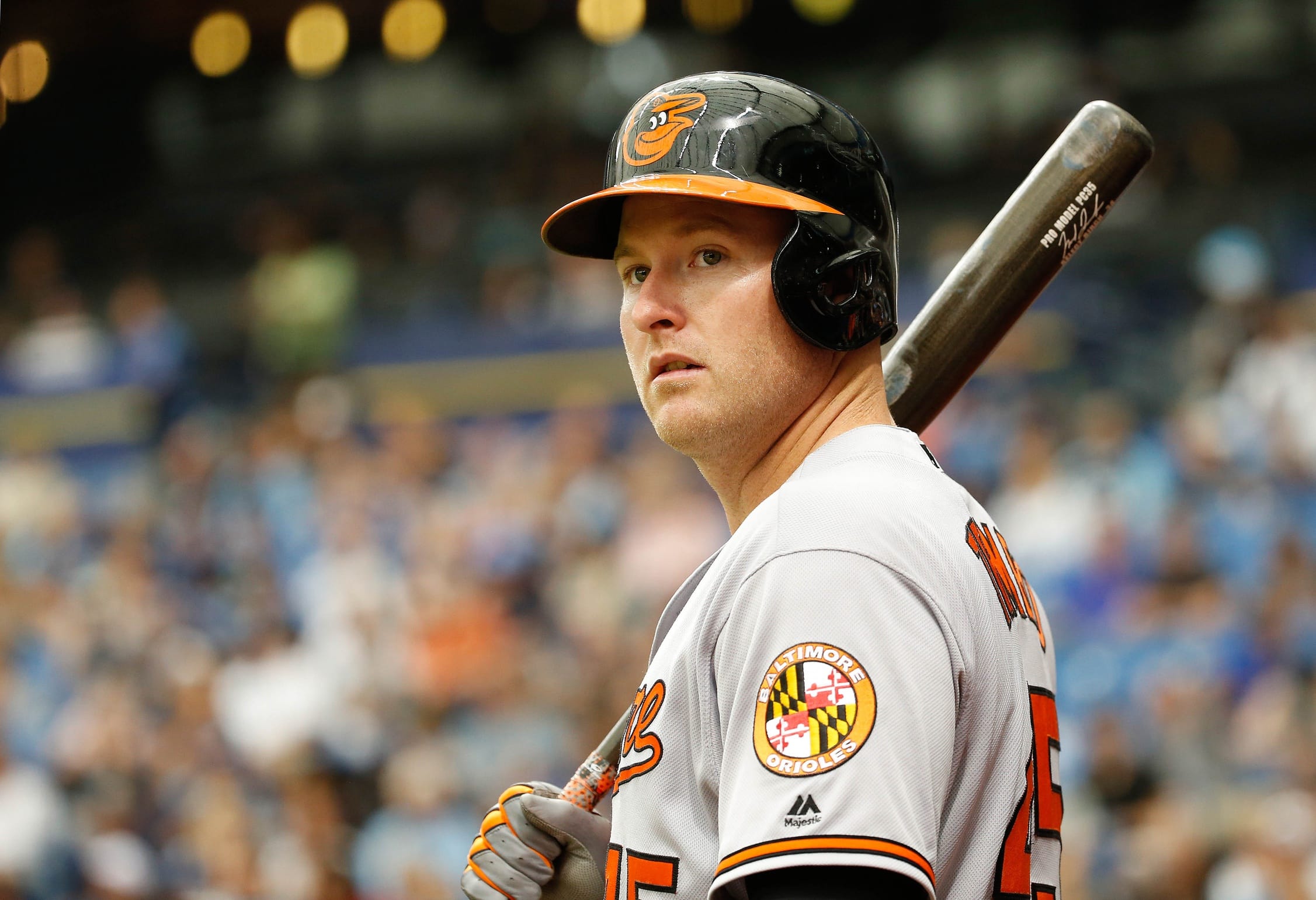
The 2016 MLB Winter Meetings are off to a hot start. But what happened Monday that will be relevant as we look ahead to the 2017 baseball season?
Is Chris Sale on his way out of Chicago? Are Bryce Harper’s days in Washington coming to an end? What impact will the Giants signing of Mark Melancon have on the free agent market?
Day 1 indeed gave us plenty to talk about.
Given that the MLB Winter Meetings are taking place near Washington D.C., it’s fitting that so much of the news concerns the Washington Nationals.
1. Nationals and Chicago White Sox closing in on Chris Sale trade?

Reports broke late on Monday that Washington and Chicago were close to a trade centered around Chris Sale, which you can read about here.
So, what would it mean?
First of all, Sale is a tremendous pitcher. The Nationals finished 2016 at 95-67, tied for MLB’s second-best record. So, the addition of Sale would be making an already good team even better. This would give the Nats a legitimate chance to dethrone the Chicago Cubs atop the National League.
Of course, Sale would not come cheap. Ken Rosenthal reported that Lucas Giolito and Victor Robles would be headed to the White Sox in this proposed deal. Those are the two highest-ranked prospects in Washington’s highly thought of farm system.
This trade would make the Nationals a World Series contender for each of the next two seasons. Quite frankly, if they pull this trade off, the team can’t be deemed a success unless it wins a World Series in 2017 or 2018.
The Nats have been one of baseball’s best teams since 2012. But great seasons in 2012, 2014, and 2016 were ended in the division series. Meanwhile, 2013 and 2015 yielded missed postseasons.
Acquiring Sale would be a bold move. It would also give Washington blinding expectations.
Bryce Harper’s contract ends following the 2018 season. The Nationals will already be judged as one of baseball’s greatest historical disappointments if they go from 2012-18 without a championship and lose Harper. If they add Sale, the inability to win a championship would shift the label from “disappointment,” to “unquestioned failure.”
2. No Extension for Bryce Harper, but good news for the Cubs?
Unless extensions are signed over the next two seasons, Harper is on track to headline a stacked free agent class following the 2018 season.
It was reported on Monday that Harper and the Nationals are far apart in talks for a long term deal. The same report also said that Washington is preparing to move on without Harper.
“The Washington Nationals, balking at Bryce Harper’s demands in early talks about a long-term contract extension, now are preparing themselves to be without their All-Star outfielder after 2018, a high-ranking Nationals executive told USA TODAY Sports,” per Bob Nightengale of USA Today. “Harper, according to the executive, is asking for a record deal that will exceed 10 years in length, and likely pay him in excess of $400 million.”
This is good news for Harper.
Of course, rumors change a lot — especially at the winter meetings and around the trade deadline.
But let’s assume this is true.
The 2018-19 free agent class is already loaded. In addition to Harper, it is set to include Baltimore Orioles stars Manny Machado, Adam Jones, and Zach Britton, former league MVP Andrew McCutchen of the Pittsburgh Pirates, starting pitcher Matt Harvey of the New York Mets, possibly Clayton Kershaw of the Los Angeles Dodgers and David Price of the Boston Red Sox.
All of the Bryce Harper talk now serves as a reminder: The 2018 Winter Meetings, in Las Vegas, are going to be insane.
— Jeff Passan (@JeffPassan) December 5, 2016
Throw Harper in the group and we have an embarrassingly deep class. Harper would not only head that group, but would be baseball’s brightest free agent since Alex Rodriguez following the 2000 season.
If teams know he’s going to be available, then they will spend the next two years trying to clear budget space for him. That will lead to a bidding war. If Harper has multiple big market teams in a bidding war for him, that $400 million number that looks so outlandish now could well become quite realistic — or even conservative — two years from now.
Secondly, if those teams are gearing up for the 2018-19 offseason, they may be a little more conservative leading into the 2017 and 2018 seasons.
This is very good news for the Cubs.
Chicago is not only the World Series champion, but it has baseball’s best roster by a fairly wide margin. Additionally, it’s a roster filled with young talent. Realistically, the list of teams that can rival the Cubs right now is not a long one.
That can always change if big market teams try to load up. But with a loaded group that includes Harper coming available in two years, those teams are far less likely to do that. So, the list of Chicago’s realistic rivals may not be growing much over the next two years.
3. Indians and Edwin Encarnacion in serious talks

One Cubs’ rival is the team that nearly beat them in the 2016 World Series, the Cleveland Indians. The Tribe may be adding one of the offseason’s biggest names.
“The Indians are negotiating with free agent slugger Edwin Encarnacion about a multiyear deal,” Paul Hoynes of Cleveland.com said. “The deal might not happen. It might fall apart in the days to come, but right now the talks have traction.”
Led by Corey Kluber and backed by Josh Tomlin, Trevor Bauer, Carlos Carrasco and Danny Salazar, Cleveland already has one of the American League’s best starting rotations. The same can be said about the Andrew Miller, Bryan Shaw, and Cody Allen-anchored bullpen.
With Mike Napoli’s free agency, the Indians entered the offseason with a question mark on offense. Re-signing or replacing Napoli was imperative for the American League champs.
Over the last five years, Encarnacion has slashed at .272/.367/.544, averaging 39 homers and 110 RBI.
Encarnacion would not simply replace Napoli. He’d be a sizable upgrade. On top of that, signing Encarnacion would not only strengthen the Indians, but it would hurt the Toronto Blue Jays.
These two teams met in the 2016 ALCS. Toronto has qualified for the ALCS in consecutive years. If an American League contender could pick one junior circuit team to hurt, the Blue Jays would be a good place to start.
4. Mark Melancon sets the closer market
The San Francisco Giants got the winter meetings going with a bang by signing free agent closer Mark Melancon. Between the Pirates and Nationals, Melancon locked down 47 saves with a 1.64 ERA and 0.897 WHIP in 2016.
The first takeaway is that he provides bullpen help to a playoff team that desperately needed it.
Mark Melancon has 10 blown saves over the past three seasons. Giants blew nine saves last September.
— Alex Pavlovic (@PavlovicNBCS) December 5, 2016
The second takeaway is that Aroldis Chapman and Kenley Jansen should be ecstatic. While it includes a two-year opt out, Melancon’s entire deal is four years for $62 million.
As good as Melancon’s season was, it was no better than the seasons that Chapman and Jansen enjoyed. In fact, in terms of striking hitters out (a big plus for closers), Melancon is significantly worse than both of those men. Additionally, both Chapman and Jansen are younger than Melancon.
So, the roughly $15 million per year that Melancon is getting from San Francisco provides an absolute base for those two.
That’s a fantastic starting place to begin negotiating a new deal.
5. Another year, another home for Mark Trumbo

Trumbo led baseball with 47 home runs in 2016. He may be heading to his fourth home in four seasons.
Sources: O's willing to discuss 4-year deal w/Trumbo in the range of $52m-$55m; counter was $75m-$80m, w/ full no-trade. So it stalled.
— Buster Olney (@Buster_ESPN) December 5, 2016
The list of teams that can use Trumbo is vast. Steve Pearce is a nice player, but he won’t place Encarnacion in Toronto. If the Blue Jays hope to contend in 2017, replacing Encarnacion will be necessary. Trumbo could certainly be that person.
The Colorado Rockies — who need a first baseman — have been linked to Trumbo. Taking half of his at-bats at Coors Field, Trumbo may be a threat to hit 60 home runs.
Trumbo isn’t a great fielder anywhere, but he’s fairly versatile. He can be a DH, but could also play either corner outfield spot and can man the bag at first base.
Truthfully, the Orioles have plenty of power. Baltimore really needs to try to find more well rounded offensive talent. But most other teams in the league would benefit from a big home run hitter. So, while the Orioles may not give him close to $80 million, some team surely will.